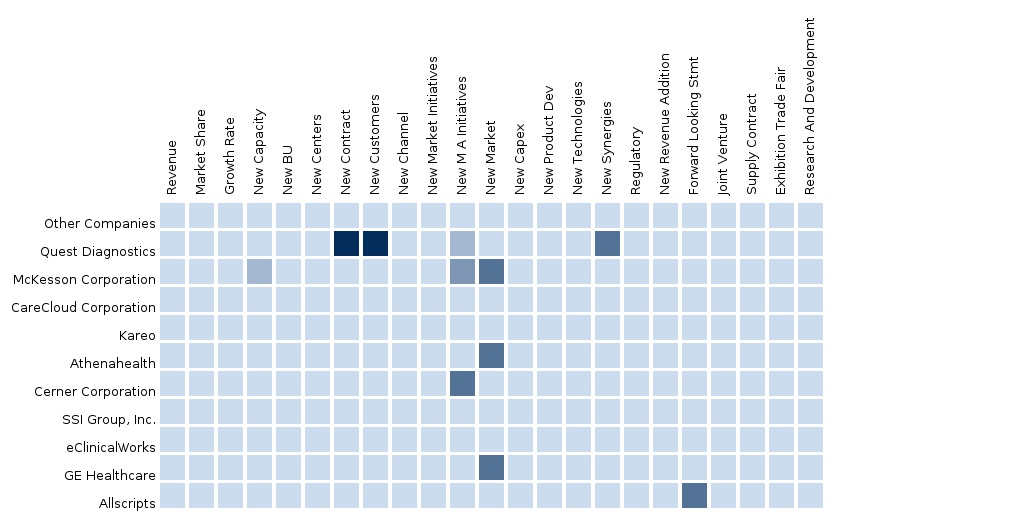The North American Provider Payroll System market is one of the steadily growing markets in this region. Growth in this market is attributed to various factors such as an increasing demand for automated payroll systems, stringent federal regulations, rising need for systems integration in an enterprise setting, and the need for custom payroll solutions by companies.
Payroll systems are an integral part of every organization. A payroll system is used to calculate salaries, wages, taxes, and incentives as well as allowances paid to the employees. In addition to this, payroll systems ensure that the salaries of all employees are processed and paid in a timely manner. These calculations also help an organization ascertain the total amount paid as salary, tax deducted, and tax withheld. Payroll systems also help maintain the leaves calendar, leave balances, and actual work hours. With an automated payroll system, it becomes easier to generate payslips for employees.
Payroll systems can be integrated with other enterprise applications to share data and generate reports. These systems can be easily customized according to the requirements of a business, thus making it easier for the staff to process the payroll data that adheres to the business and regulatory requirements.
The North American Provider Payroll System is expected to grow at a rapid pace; also, there are a lot of international brands that serve the customers in this market. The companies that operate in this market are Cerner Corporation, McKesson Corporation, Allscripts, GE Healthcare, Quest Diagnostics, eClinicalWorks, Kareo, CareCloud Corporation, Athenahealth, and SSI Group, Inc., among others. The macro indicator of this market is healthcare expenditure. The end-users of this market are hospitals, office-based physicians, ambulatory care solutions, and medical & diagnostic laboratories among other end-users.
On the basis of deployment, the market is segmented into on-premise systems, cloud-based systems, and web-based systems. On the basis of components, the market is segmented into hardware-healthcare IT, software-healthcare IT, and services-healthcare IT.
The North American Provider Payroll System market includes individual profiles of companies that operate in this market. A competitive scenario, with the market share of key players, has also been included for a better understanding of the market. Apart from the company profiles, the product and service portfolio of companies has also been described.
An important inclusion of this report is the developmental strategies adopted by companies to increase their presence and market share. Initiatives such as mergers & acquisitions, product development and launches, capacity expansions, and other activities have been discussed in this report as well.

Please fill in the form below to receive a free copy of the Summary of this Report
Please visit http://www.micromarketmonitor.com/custom-research-services.html to specify your custom Research Requirement
| PRODUCT TITLE | PUBLISHED | |
|---|---|---|
 |
North American Non-Clinical Information System Market North America is the largest market for non-clinical information systems globally, and is expected to grow at a CAGR of 8.1% from 2013 to 2018, to reach a value of $8,905.5 million in 2018. This market is segmented into sub-segments, components, deployments, end users, applications, and geographies. |
Upcoming |
 |
European Non-Clinical Information Systems Market The European non-clinical information systems (NCIS) market has been segmented by types, deployment, components, end users, applications, and geographies. Globally, this is the second-largest NCIS market, and is expected to grow at a CAGR of 6.3% from 2014 to 2019. |
Upcoming |
 |
Asian Non-Clinical Information Systems Market Asia is the fastest-growing market for non-clinical information systems, and was valued at $1,336.4 million in 2013. It is expected to grow at a CAGR of 7.2%, from 2013 to 2018, to reach a value of $1,892.2 million in 2018. This market can be segmented by companies, deployments, components, end users, and macro indicators. |
Upcoming |













